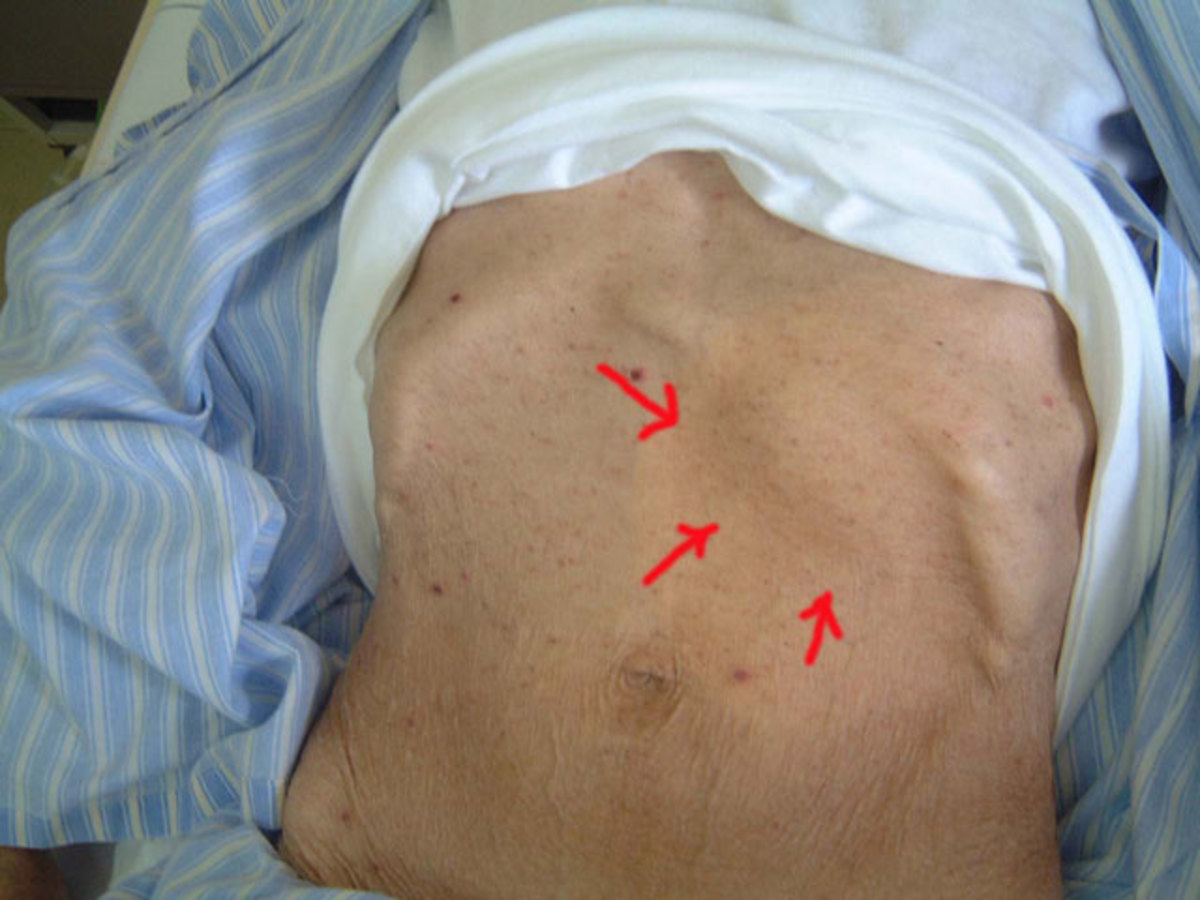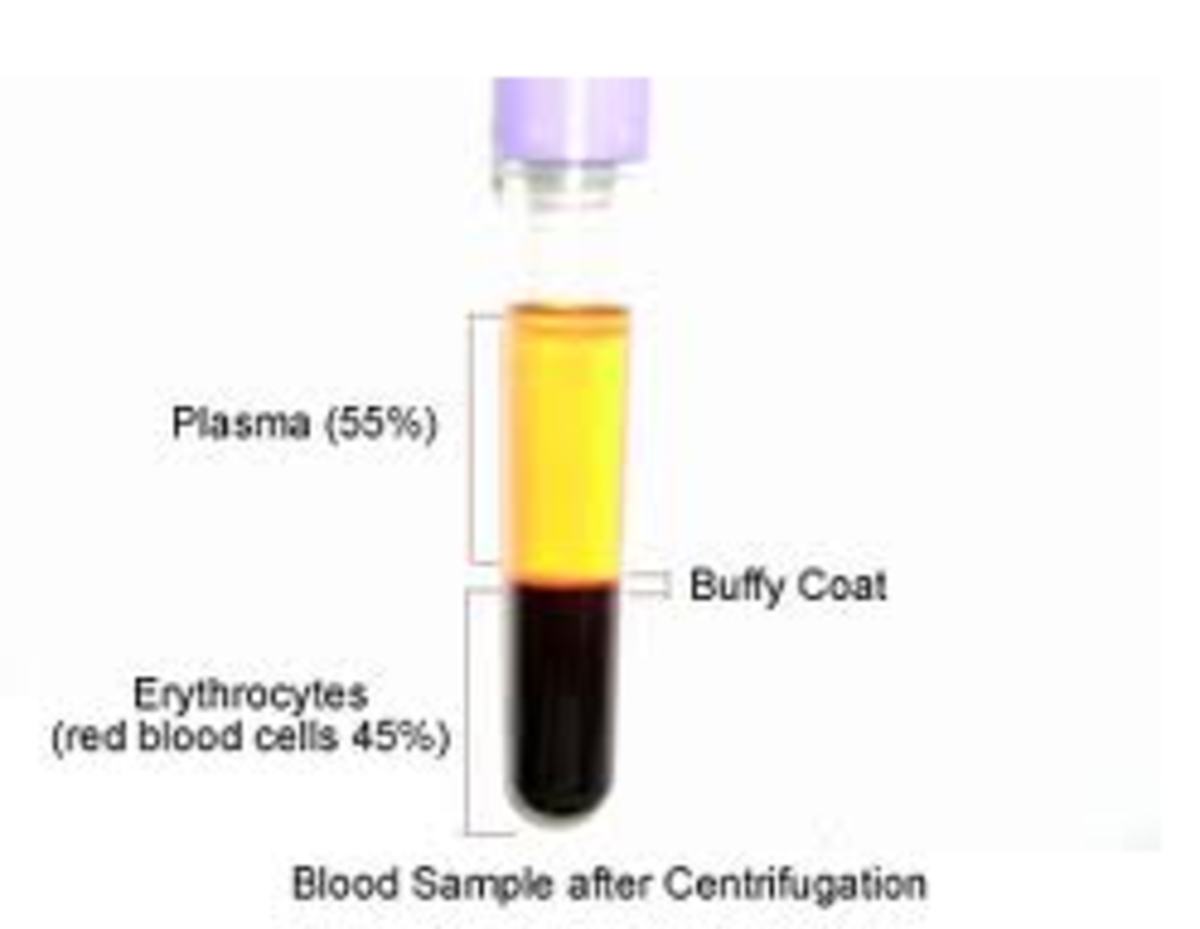ACCELERATED NDA APPLICATIONS
ACCELERATED NDA APPLICATIONS
Have you ever wondered why accelerated NDA applications came into existence? This type of application was allowed after a new regulation came into force in 1992. Sponsors of clinical trials were allowed to submit an application using accelerated NDA approval program.
The application had to meet certain conditions to qualify. Firstly the drug had to be for serious conditions. This alone was not enough to qualify for accelerated approval.
Secondly the drug had to be for an unmet medical need. Thirdly the drug had to be for the treatment of a disease for which there was no treatment.
Because clinical trials are needed for new drug applications there had to be some evidence of safety and effectiveness. The regulations allowed surrogate endpoints such as shrinkage of a tumor instead of the clinical improvement.
ACCEPTANCE OF PRELIMINARY EVIDENCE OF SAFETY AND EFFICACY
To facilitate patients’ accessibility to the drug, the FDA accepts data based on surrogate end points instead of clinical endpoints. Clinical endpoints measure how a patient feels, functions, or survive after treatment.
The surrogate endpoint may include laboratory based measurements, physical signs, images, or other measurements that could predict clinical benefit or harm.
These endpoints are not on themselves a measure of clinical benefit but rather predictors. An intermediate clinical endpoint could also be used as a measure of a therapeutic effect provided that it’s likely to predict the clinical benefit.
The accelerated NDA application is based on surrogate endpoints. The sponsor has to compile high quality applications to meet the required standards of drug approval. Applications are usually submitted in electronic common technical document (eCTD) format. Submissions can be made as they become available (rolling submissions)
FASTER ACCESS OF THE DRUG TO NEEDY PATIENTS
Through accelerated NDA Applications patients have a faster access to treatment. Some diseases such as AIDS/HIV and cancer are life threatening and delay in treatment could have serious consequences.
Because of the lack of any potential for help, HIV/AIDs patient in the early 1980s faced a hopeless situation as no treatment options were available. Many were willing to accept the risk associated with drugs approved based on observed clinical activity before the clinical benefit was confirmed. This was realized with the implementation of accelerated approval regulation in 1993.
Since the implementation of accelerated approval, several drugs have been approved for the treatment of cancer and HIV/AIDS. Accelerated NDA Applications have also been used for licensing of new influenza vaccines.
PROLONG THE LIVES OR IMPROVE THE QUALITY OF LIFE
While there is no cure for diseases such as HIV/AIDS and certain types of cancer it’s now known that some patents live longer after access to appropriate drugs.
Accelerated NDA Applications have made it possible for certain patients to live longer who may have died if there was no access to a few good drugs before their benefits are proven.
The FDA does not have to wait for evidence that the drug actually extends survival of cancer patients. It may approve a drug based on the fact that the drug can shrink certain types of tumors.
Tumor shrinkage can be taken to be a likely reasonable predictor of a real clinical a benefit. Thus if approval is based on tumor shrinkage this observation can occur much earlier than waiting to determine if the patient lives longer.
Many accelerated NDA Applications have been made and have resulted in approval of many drugs for cancer. The clinical benefits of these drugs have been confirmed. A few have been relabeled or withdrawn from the market.
There is a similar approval process in Canada. Sponsors submit a request to be considered under notice of compliance with conditions policy.
To be considered the drug must be for the treatment of a life-threatening or severely debilitating disease. There must be promising evidence of efficacy and no drug should be already in market in Canada for the same condition. The targeted review time is 200 days as opposed to most other new drugs which have a targeted review time of 300 days.
Patients who suffer from diseases that qualify for accelerated approval should try to follow the progress of clinical trials in their province or state.









